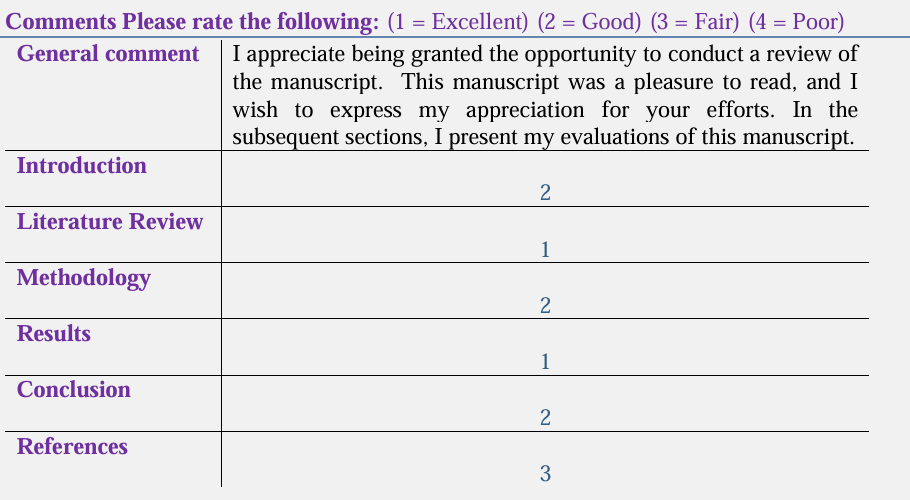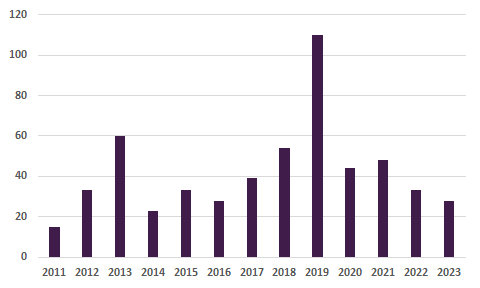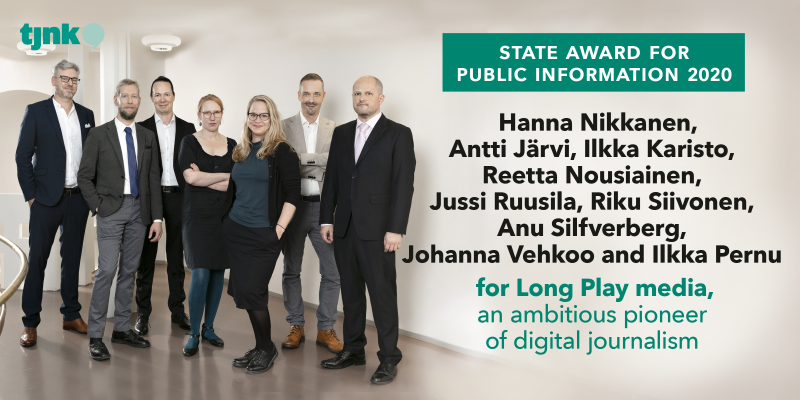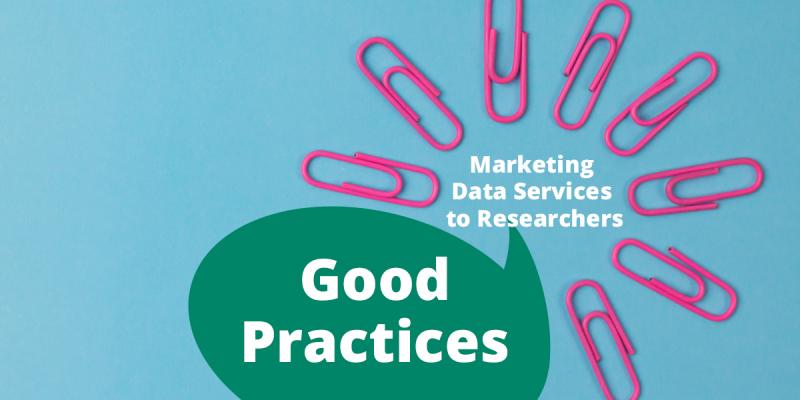
The rise of article processing charges (APCs) for open access scholarly articles has also attracted fraudsters. Responsible research assessment and free open access publishing could help eliminate incentives for dishonest practices.
The number of scientific publications continues to grow at an increasing rate, with no signs of slowing down. For researchers, this means keeping up the pace to stay competitive for funding or job opportunities. Under pressure to publish faster and more frequently, some may be tempted by seemingly convenient solutions—such as journals that promise rapid peer review.
Article processing charges, which can range from hundreds to thousands of euros, have become more common in open access publishing. Unfortunately, they have also drawn in unethical actors. So-called predatory journals lure researchers with quick turnaround times and superficial peer review. By exploiting the pressure on researchers to publish, these journals profit by collecting APCs without offering legitimate editorial services.
The predatory journal is identified by hidden costs and seeming editorial work
Predatory publications are scams. They typically approach researchers directly via email and have weak or missing editorial work or peer review. Predatory journals often do a pseudo-peer review, where they mainly make a pdf file of the publication on their website and charge a publication fee.
The ostensibility of peer review can be seen, for example, in acceptance letters sent by predatory journals, which have been archived in the publication repositories of research organisations in connection with the articles. In the comment section of the peer review report of different articles in the same predator journal, identical comments can be found (see image 1).

Image 1: Screenshot of the peer review report. The comment is identical to another article in the same predatory journal. Image: TSV
The academic value of the work published in the predatory journal drops to zero because the publication lacks the central process of quality control in science and the credibility of the research that is formed through it. It is very unfortunate if a researcher publishes his or her competent research in a predatory journal, because according to the scientific process, the research article and its results can only be published once.
It is typical for predatory publications that it is very difficult to find information about article processing charges on their websites, or if information is available, it may not be correct and may be even half as much as stated. By the time the invoice reaches the authors, it is difficult to withdraw an article submitted to the journal. A journal may make it more efficient to collect payment by publishing the text, even if the publication date was originally tied to receiving payment.
The open access business model based on article processing charges and the significant emphasis on publications in the evaluation of researchers have created a favorable environment for dishonest actors. As the scientific community's awareness and ability to identify these actors has grown, the other side has also developed its operations in an increasingly innovative direction. Instead of setting up a new publication channel, operators want to take advantage of the reputation of an established journal indexed to Scopus or Web of Science, either by creating an illegal copy of it or by legally acquiring it. In the latter case, it is not a question of hijacking a journal, but of buying it, and the aim is to use it to collect as much profit as possible in dishonest ways.
The following features are typical of both cases:
- the journal begins publishing articles from all disciplines
- the number of published articles and issues is rapidly increasing multiple
- the journal advertises indexing information very prominently in, for example, Scopus
- if the journal has not previously collected article processing charges, they will be introduced
In both cases, the journal's life cycle is usually short and usually ends soon after the journal's dishonest practices are revealed and it is removed from scientific citation databases. However, the dishonest actor has had time to collect a substantial amount of article processing charges, many researchers have lost their articles and the reliability of the citation databases has suffered.
The phenomenon has also been reacted in Finland
Predatory journals and publishing in them are still a marginal phenomenon in Finland from the perspective of scientific publishing (see image 2). An average of 30,000 peer-reviewed articles are published in Finland per year, and the share of predators in this number is negligible.
A few dozen cases of publication have been reported in predatory journals each year, with the exception of 2019, when the number of publications rose to over one hundred. This is partly explained by the fact that in 2019 almost 40 publications were reported in the International journal of learning, teaching and educational research, which is classified as a predatory journal in the publication channel database. In the same year, the journal was removed from the DOAJ database on suspicion of editorial misconduct. Still, in 2024, the journal is indexed to the Scopus database, which should contain only high-quality peer-reviewed publication channels.

Image 2: Number of articles reported by Finnish higher education institutions, university hospitals and research institutes in predatory journals in 2011–2023. Source: VIRTA publication information service ja publication channel database. Image: TSV
Previously, predatory publishers have primarily targeted young researchers in the early stages of their careers, but for example, a comprehensive report on predatory journals and conferences published in 2022 found no connection between a researcher's career stage and publishing in predatory journals or participating in predatory conferences. This may indicate that scams are more credible than before.
Along with the actual predators, much has also been said about the so-called grey area publishers (in Finnish). These refer to APC-paid open access publishers whose operating model is based on a fast publishing process, which is suspected to have an impact on the quality of the peer review process.
In 2024, the Publication Forum gathered experiences of inadequate quality assessment practices in scientific journals, on the basis of which the Publication Forum steering group decided to lower the rating of several journals. In addition, the Publication Forum steering group decided that the publisher's operating model can be taken into account in the evaluation of publication channels in the future.
Responsible assessment and free open access publishing reduce incentives for unethical practices
So what can be done? One solution is the model of free and non-APC-based open access publishing, in which neither the reader nor the researcher pays to access or publish research (Diamond Open Access model). Without article processing charges, there is little financial incentive for predatory behavior, since the costs mainly relate to maintaining publishing infrastructure. A recent statement on the subject was released in December 2024: the Cape Town Declaration on Open Access defines diamond open access publishing as community-owned, collectively governed, and non-commercial scholarly communication.
The primary advantage of diamond open access publishing is that it is guided by academic rather than commercial values. When publishing autonomy and related costs remain within the research community, it helps ensure that public research funding results in public benefit.
Of course, diamond open access publishing still requires funding support, but it is important to note that open publishing is already significantly funded through transformative agreements and APCs. In other words, this is a matter of redirecting existing funding toward transparent, community-led publishing.
Ultimately, it comes down to creating incentives to publish in free open access venues. This requires high-quality publishing practices as well as a shared commitment to reforming research assessment in a more responsible direction.
The core commitments of the CoARA Agreement, which promotes responsible research assessment, emphasize the diversity of research outputs and call for avoiding irresponsible use of publication metrics. These are directly linked to the pitfalls of open publishing: the aim is to reduce pressure to publish and, in doing so, limit the exploitative practices of predatory and grey-area journals.
Further reading
- Several tools have been developed to help identify predatory journals. For example, the openly available Think. Check. Submit service provides guidance on evaluating journals.
- The Retraction Watch website tracks retracted articles and offers a Hijacked Journal Checker, which lists known fraudulent or hijacked journals.
- Also check out Think Open blog by the University of Helsinki for tips on spotting predatory journals.
Authors: Anna-Kaarina Linna, Aleksi Husso & Jonni Karlsson (Federation of Finnish Learned Societies)
Image: freestocks, Unsplash


